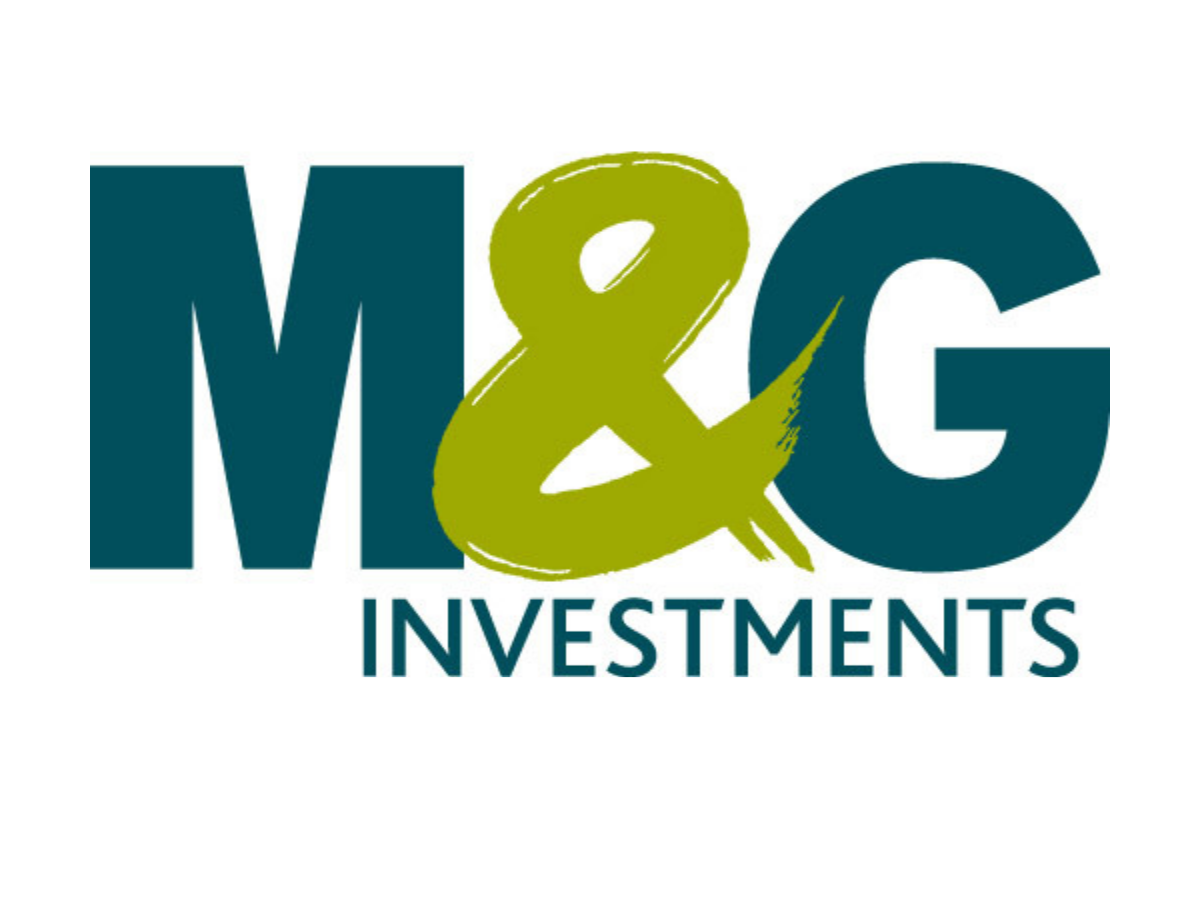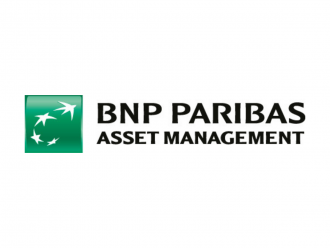Jo Waldron, fixed income director at M&G Investments
As yields on public bonds have declined, large institutional investors, such as pension funds and insurers, have increasingly recognised the long-term potential for private debt to help meet their investment goals. With private debt firmly on the radar of many investors, we believe allocations are set to increase.
Determining the right allocation for your investment objectives
Private debt is often used inter-changeably with ‘direct lending’, on account of the rise in popularity of mid-cap lending over the past five years. Private debt extends beyond this from the well-established, large areas of leveraged loans through private placements, infrastructure debt and commercial mortgages into newer, more niche or highly specialised areas such as trade receivables financing, asset-based lending or specialty finance. Mid-cap lending is just one of these relatively recent strategies to emerge.
Most private debt assets derive their value predominantly from their cash-flows, rather than perceived future market appreciation, so are well suited to long-term investors looking for the potential of regular income with capital preservation.
For pension funds, the relatively high coupons on offer can enable them to meet ongoing obligations and improve their funding levels, while benefiting from diversification from traditional asset classes through lower volatility and better downside protection. The breadth of the private debt investment universe means it can play a role in different parts of pension schemes’ portfolios, depending on the specific circumstances of the scheme and trustees’ and sponsor’s tolerance for illiquidity.
A scheme’s individual investment objectives, time horizon and constraints will help to determine the right portfolio balance and investment strategies needed to achieve its desired outcomes.
Understanding the risks and finding value in private debt
Investors are compensated for the relative illiquidity of private debt assets and limited secondary trading opportunities – with this extra yield over comparable public debt assets often referred to as an ‘illiquidity premium’ – although factors such as the complexity or structure of a deal are often bigger contributors to excess pricing than illiquidity.
To determine whether an investment provides adequate compensation, you must assess the value being offered by similarly-rated public debt instruments – where these exist. Managers that are equally as active in public debt markets as they are in private debt markets may be better equipped to do this.
Those investing or considering raising their allocation to private debt to harness the illiquidity premium should nevertheless be mindful that it can vary over time and the private or illiquid nature of the asset does not guarantee that an investor will earn a premium. Investors therefore need to be disciplined in ensuring that they are always sufficiently rewarded for the ‘illiquidity’ – either in terms of receiving higher returns or through enhanced structural protections.
Selectivity and the importance of diversification
At this late stage of the cycle, there is greater importance on investment selection within and across asset classes as well as the ability to manage credit risk in portfolios to minimise expected credit losses and ensure credit rating downgrades and defaults remain low.
Structural protections such as security and/or covenants tend to be a common defining feature of most forms of private debt and serve to provide the investor with downside protection and early warning signals. Covenants allow an investor the opportunity to intervene early before a significant credit deterioration occurs, while first lien security means that an investor is first in line for pay-out in the event of a default.
Together with seniority and security, managers can also buffer in sufficient downside protection and ensure that portfolios are constructed from a wide range of opportunities. Since debt is an asymmetric asset class, an important investment discipline is ‘avoiding the loser’. Therefore, it is essential that a manager has a full choice of investments from which to select only the most robust and fitting. Diversification is also important to minimise concentration risk.
Taking the long view
Private debt is a broad and diverse asset class in its own right, but having the flexibility within a portfolio to consider income-generating opportunities from public and private markets, on an asset-by-asset basis, can also can help to achieve the required risk-adjusted returns and provide sufficient downside protection for investors.
Private debt can provide pension schemes with assets that range between everything from long-dated investment grade opportunities to help fund cash-flows to higher-returning high yield opportunities that can help to reduce funding gaps over time.



